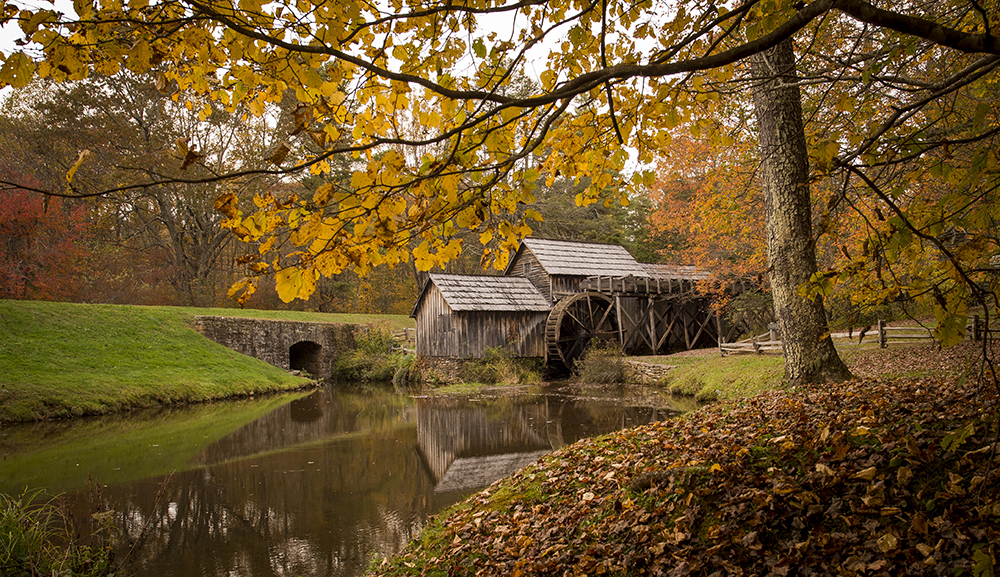Final Up to date on January 16, 2021
All through historical past, settlements type close to water. The biggest and most profitable settle with plentiful water. There are a variety of causes for that. One, water actually is life. We require water for ingesting. We additionally use it for cleansing and laundry. Because the human species superior, we wanted further water for livestock. Then we turned stationary, mastered varied types of irrigation, and bred our crops to grow to be an increasing number of depending on water. Doing so allowed us to reap bigger yields of sweeter and extra gentle crops, however it additionally tied us inexorably to water techniques.
Traditionally we had been additional tied to water techniques for sooner and simpler journey and commerce, and we finally turned to it for a few of our labor. First with direct-labor techniques equivalent to grinding mills, then for the technology of energy that could possibly be despatched throughout distances, water made life simpler in addition to sustaining it.
We aren’t any much less tied to water now than the caveman, Viking or European colonist. We simply don’t all the time discover. And since most of North America enjoys straightforward, low-cost water, we aren’t nice about conserving it.
Take a look at Your Water Use
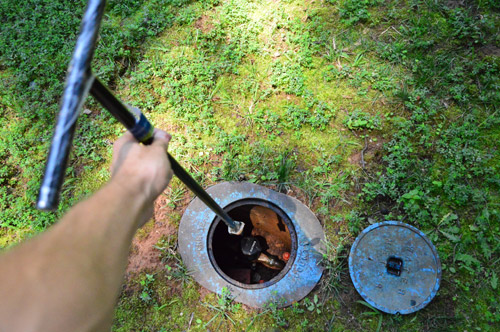
Wish to see simply how influential water is, and the way a lot we use? Straightforward sufficient. Flip off the water on the important for a day. Bear in mind to additionally tape or flip off taps so that you don’t empty any scorching water heaters and find yourself with issues.
Should you’re on a effectively, use your backup pump system. Should you don’t have a backup system, one immune to fireplace and earthquake and the prepper-minded EMPs, you don’t even have a water system. Flip it off.
Do it on a regular day. A day you’re not off backpacking, not working in your three-day bare-minimum drill doing a dry camp in the lounge or yard. Actually ideally, do it in summer time or autumn on the day(s) you’d be watering when you irrigate gardens, and on a day you’re looking or harvesting some doves, chickens and rabbits.
For less-immersive comparability, simply monitor the water gauge. For livestock on a non-metered system, fill containers that may have checks and tally traces added rapidly.
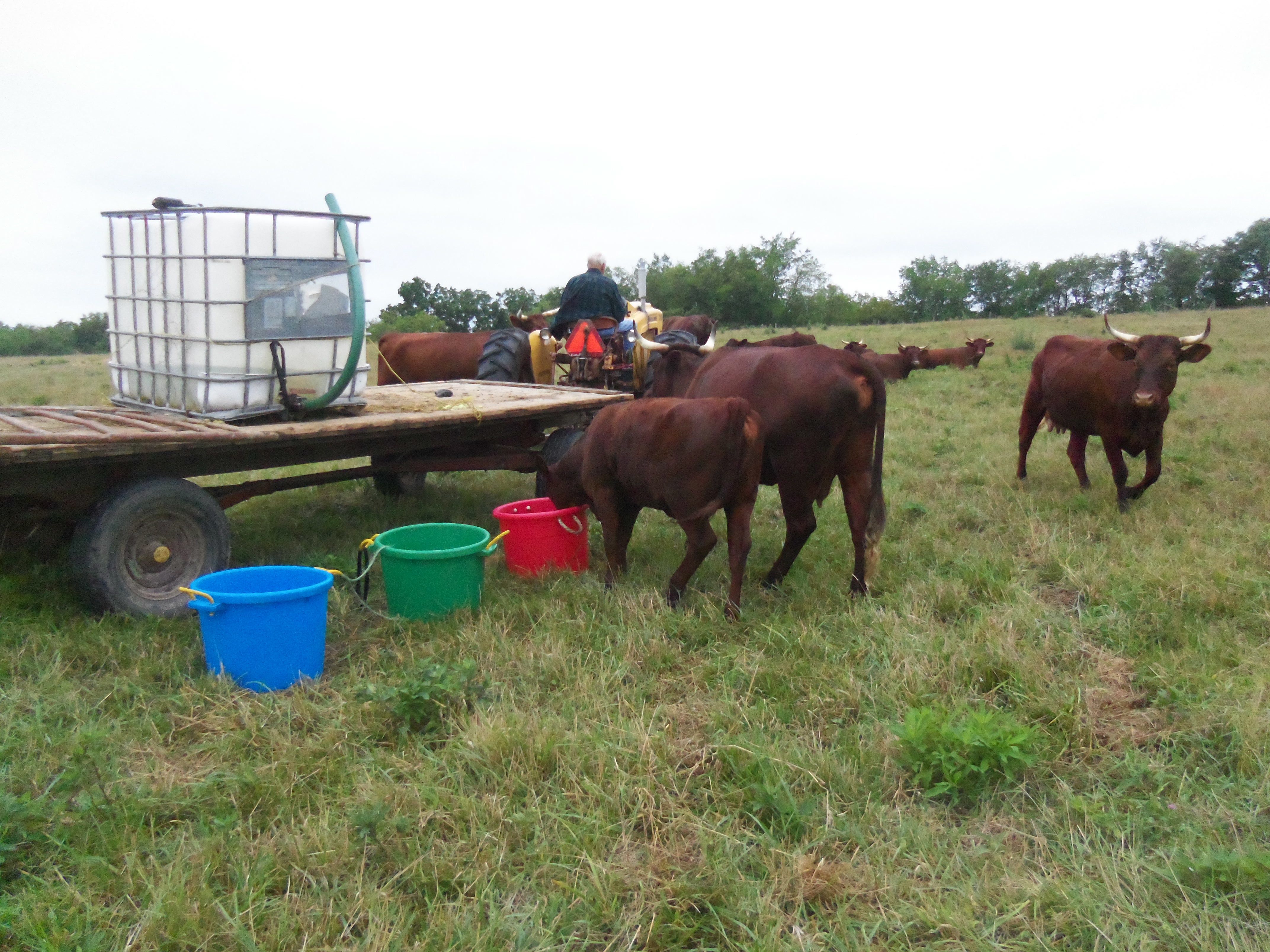
Don’t let your self grow to be complacent or say, “effectively, that’s simply because” to justify the quantity of water used. Sure, our grooming requirements can go down and alter, and we are able to undertake some laundry strategies and clothes remedy from the previous that restrict our makes use of extra. Ultimately, although, hygiene suffers.
If water’s out, one thing else is repeatedly happening, from “small” family-sized crises to storms and different disasters that have an effect on the realm and area. Roads and medical doctors will not be out there if somebody does grow to be in poor health.
If something, a disaster is a time to focus extra on correct hygiene.
Handwashing, particularly, could make a significant affect on fecal-oral route infections, which are typically the basis of a lot of the diseases laymen name “meals poisoning”.
In case your hygiene relies on wipes, run that take a look at so long as you’ll be able to to get the very best common for what number of you run by means of per day. No matter your backup bathroom system is, use that.
Use the information to create a baseline. How a lot do you utilize? How lengthy will your saved water final? What seasons are you able to fairly depend on resupply?
From there, we search for methods to extend our sources and our effectivity in harvesting and utilizing the water we are able to entry.
A Double-Edged Sword
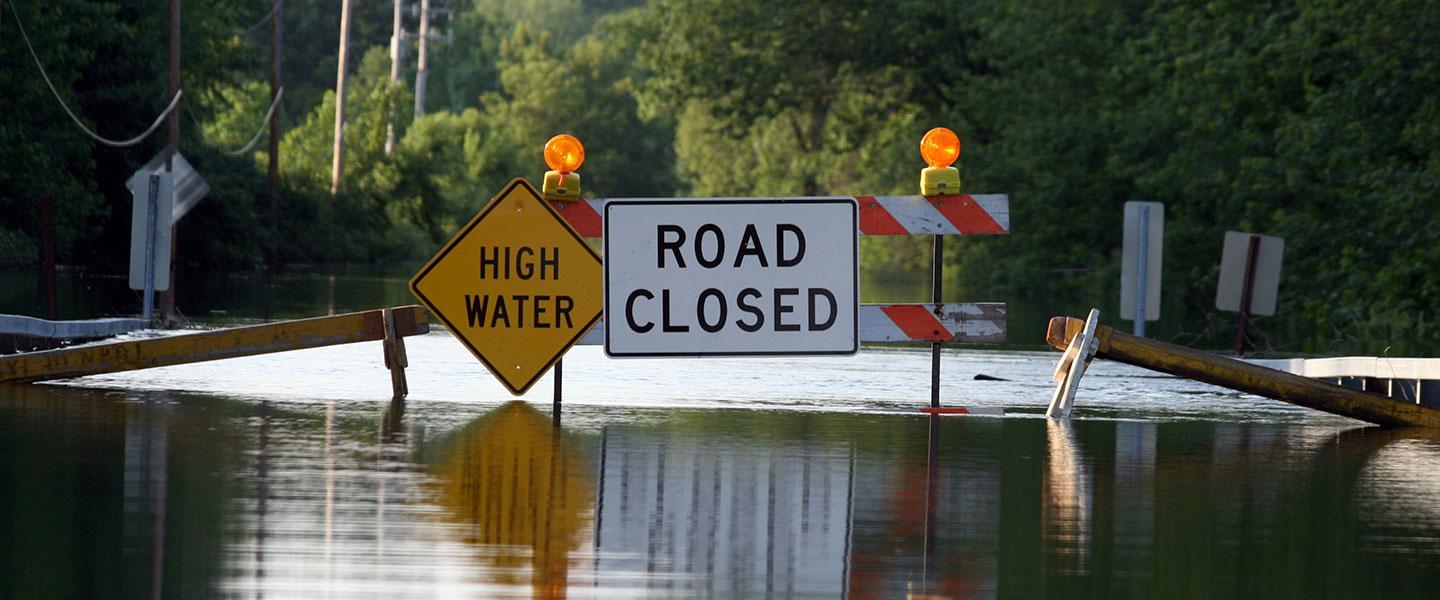
Water is without doubt one of the few issues we are able to’t do with out, and a functioning stream, river or lake system and even only a marsh could make an enormous constructive affect on our preparedness. They aren’t with out hazards, nevertheless.
Flooding is a main threat, though wholesome marsh techniques can really mitigate and reduce floods. Nonetheless, the levee techniques within the U.S. are getting older and Midwest floods aren’t unusual. Colorado and Tennessee have each had main, devastating disasters as a result of river- or creek-originated floods.
In a protracted disaster, the hydro dams put in by the Tennessee Valley Authority and within the Northwest are more likely to undergo failures, on high of the failures we see washing out roads and creating mudslides and huge floods proper now.
Along with these failures, there are mines and factories alongside our waterways lately. We’ve seen in simply the final 12 months what can occur as they fail and toxins leak out. Nuclear vegetation are routinely alongside waterways.
Failures mixed with flooding can wash these contaminants into our farmlands, cities and suburbs, affecting creeks and wildlife lengthy earlier than and lengthy after we are able to see the consequences.
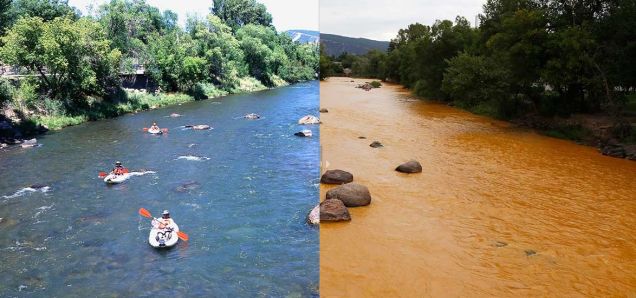
Livestock are additionally a contamination threat to each effectively intakes and streams, similar to human waste can already be proper right here within the U.S. These dangers are much more prevalent in a few of the third-world nations that stay with out our degree of primary providers. Illness is rampant after earthquakes, hurricanes, and floods as a result of fecal wastes, and might be anticipated to go up after a significant catastrophe.
Mosquitoes and the unfold of ever rising and beforehand “useless” ailments by bugs are one other threat.
A lot of these dangers might be restricted with website choice and sculpting the land a little bit, by planting a number of issues that may assist create buffers, predators, and sinks for water and its ailments and pests. An interruption in “straightforward” water after we’ve grow to be accustomed to it’s nonetheless the larger and extra doubtless menace for many of us.
Whereas a gravity-driven effectively with a pressure-driven cistern could be supreme, not everyone is there. Not each effectively can both attain or hit the quantities wanted for livestock and crop irrigation.
Self-Sufficiency by means of Streams
A shifting channel is a incredible ingredient to website. One facet to look at for with small techniques is that they don’t dry out in summer time. Ideally, they received’t even dry up within the 25- and 50-year drought cycles.
By a lot of historical past, shifting water has helped us both with direct labor, such because the outdated mills we are able to nonetheless discover right here and there, or later by producing energy for us to then use nevertheless we like.
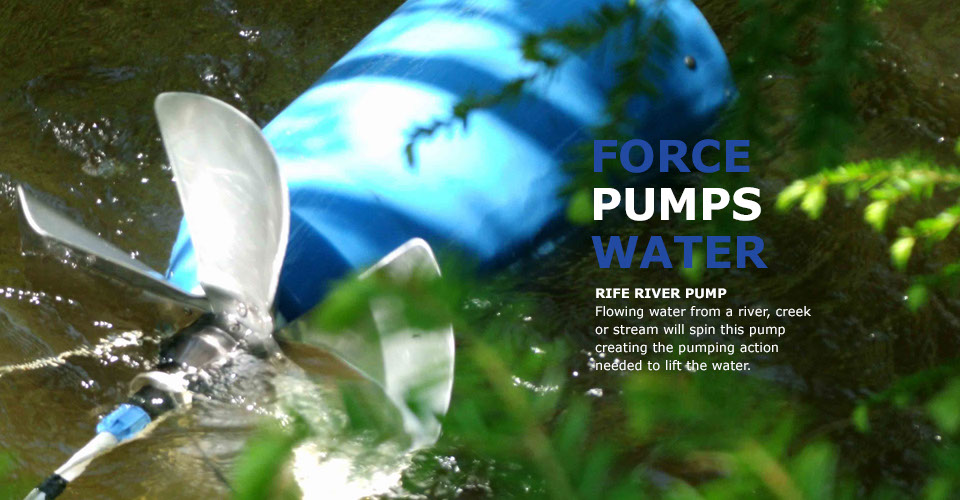
Working streams, creeks and rivers can even flip water wheels that assist us by lifting water into aqueduct techniques or into cisterns that can produce sufficient gravity from water weight to push water additional away from the supply.
With even a small quantity of movement, there are sling pumps able to shifting water for us. Even when a sling pump received’t attain all the best way to gardens and livestock, saving us the bend-lift labor of filling buckets and with the ability to fill a cistern whereas we transfer the primary load could make an infinite distinction.
With larger charges of motion, we are able to create hydro re-directs to reduce a few of our labors and in some instances produce small quantities of vitality. We are able to dam small waterways to extend strain or create channel- or pipe-based techniques to generate energy.
In some instances it’s not going to be plenty of electrical energy, however even the flexibility to slowly cost electrical instruments, home equipment, and our music and picture gadgets could be a enormous increase.
Gradual it, Sink it, Unfold it, Retailer it
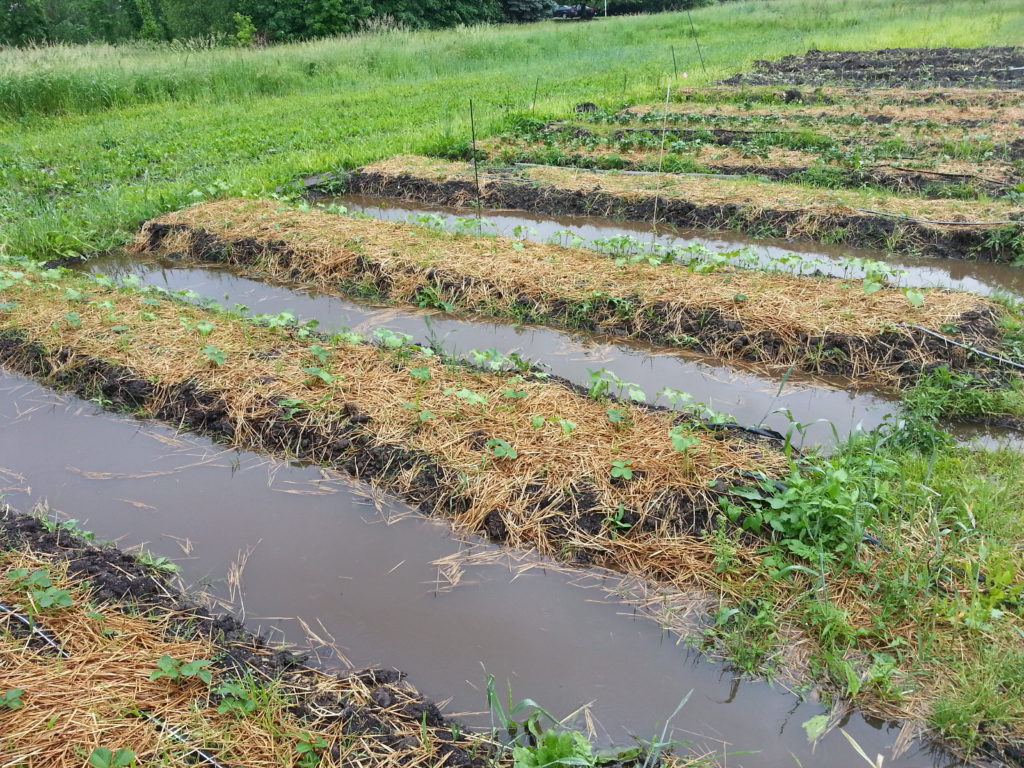
In permaculture, there are a number of “S’s” promoted with reference to water. They simplify the needs to:
- Catch water for future use
- Forestall flooding even on the “day by day” and seasonal scales, and by doing so stop erosion and soil hardening by way of water (runoff, soil compaction)
- Enable water to infiltrate so roots can entry it, and to elevate the water desk for springs and swale techniques
- Hold chemical compounds and waste from working throughout landscapes and polluting our waters or gardens
Catchments are a method we seize water – storing it for later and stopping it from working wasted over the floor of the soil.
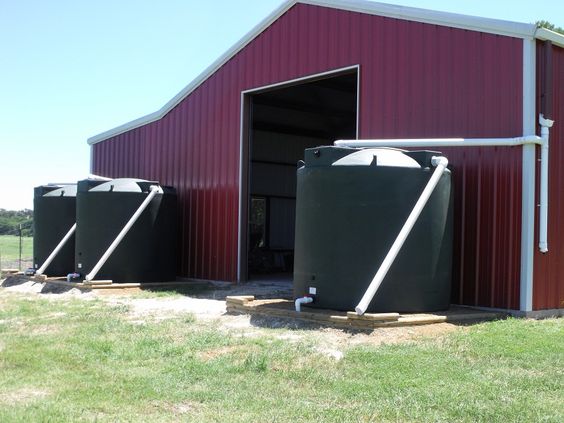
Water catchment on an enormous scale was and nonetheless is utilized in Australia, with techniques just like water towers and huge roof-to-cistern techniques each above floor and beneath floor.
Sheep and cattle stations and small farmers additionally create practically lock-style channels to retailer water for the three- to six-month dry seasons. These techniques might be duplicated in North America relying on native legal guidelines.
In locations the place laws prohibit such giant scale water harvesting or hoarding, it could be potential to acquire permits to place in lakes or ephemeral or everlasting pond techniques, which might perform equally and have added advantages for homesteads.
On a small scale, water might be saved utilizing techniques as complicated as we like, or we are able to go easy and create pyramids or triangles of trickle-over buckets and barrels with no plumbing and simply mesh or permeable fabric to forestall mosquito infestations.
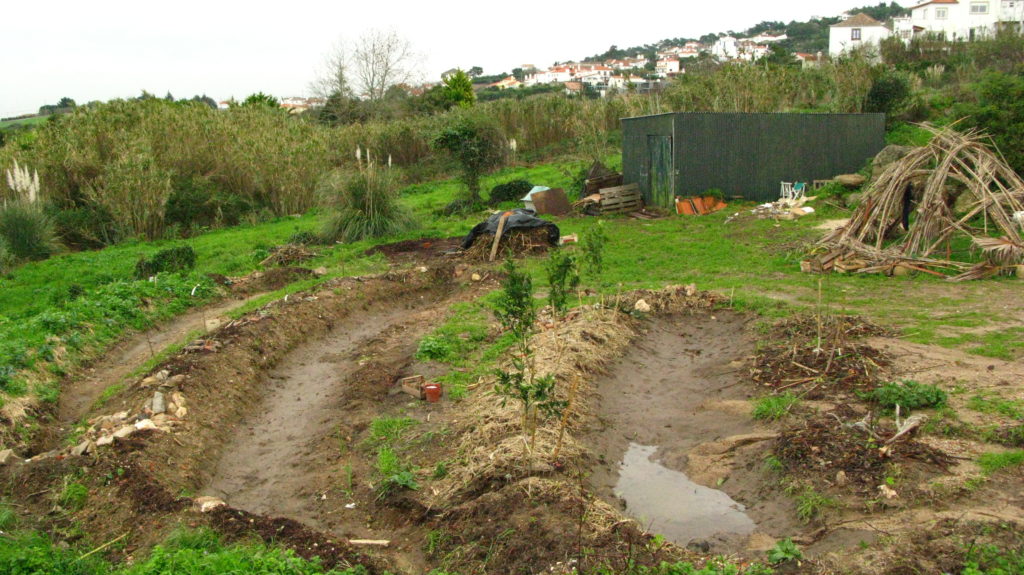
Small, shallow swales sequester much less, however can stop injury from rains over years. Bigger swales can maintain extra water, permitting that water a larger period of time to infiltrate. That water then creates a “lens” beneath the floor of the soil and permits vegetation an extended time frame to entry it.
The slope of the land and the soil sort and construction play the largest roles within the varieties and sizes of swale techniques we put in.
Preexisting vegetation and the kind of vegetation we need to put in, if we plan to maneuver livestock by means of the swale techniques and what sort of livestock additionally impacts what sort of swale system will work finest for us.
Lowering Reliance On Programs
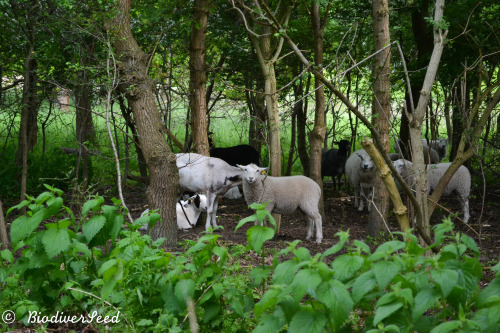
We’ve got to have some water, and ideally a continuing supply. Nonetheless, even with one of the best of planning and siting, generally we run into droughts or broken techniques. One method to construct resiliency to these is to reduce our general dependence.
Silvopasture over turf can present forage and fodder even in drought years, and reduce dependence on irrigated grains and delicate pasture and hay. Some silvopasture is coppiced, however most will likely be both pollarded or selective-drop of enormous limbs from every tree.
The kind and variety of livestock and the quantity of labor desired impacts what model of silvopasture is efficient.
Our livestock choice can even reduce dependence.
Geese are typically wasteful of water, whereas with drip waterers, chickens might be extremely environment friendly. Pigs actually need plenty of water to realize weight effectively, and so they want common entry to it. Comparatively, dairy and meat goats want rather less entry and fewer whole water per pound of produce.
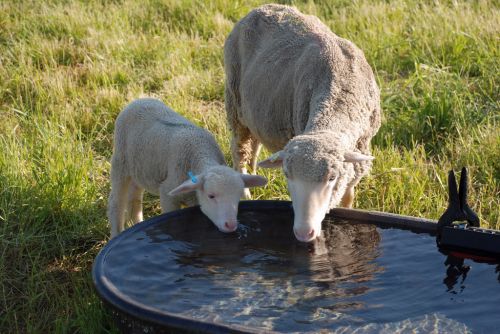
If we veer a little bit additional away from the American norm, camels want much less but, and have historically been used for milk, meat and hides and in some instances angora similar to llamas.
We are able to additionally look into extra water environment friendly breeds from sometimes dry areas of the world. They might be dearer as an preliminary funding and have less-efficient feed-milk-meat ratios, however in a survival scenario, the truth that they do survive with little water might make them invaluable.
If we have now a good bit of property, we are able to additionally tailor habitat for looking small sport, and focus our water labors on egg and dairy producers.
Hugelkultur beds are one other method to restrict use and dependence on rainfall and irrigation. As soon as established, a correctly sized and layered hugel mattress requires nearly no help in any respect. It retains and primarily generates moisture from inside.
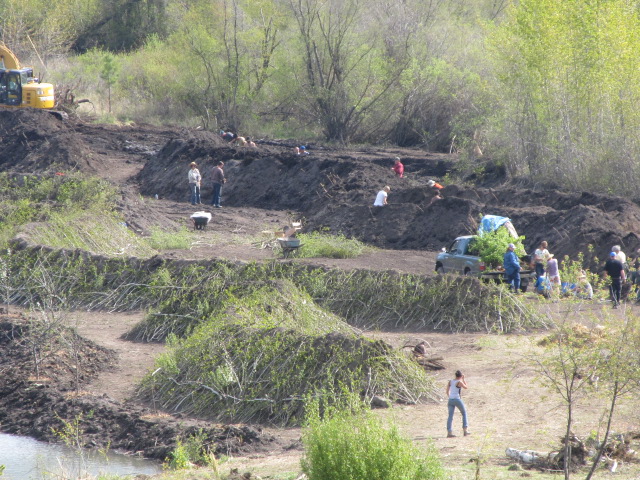
After we do use water, we are able to use it as many instances as humanly potential as a substitute of letting it run and stream previous our fingers.
Grey water techniques, utilizing cooled cooking water in gardens or for livestock, and reclaiming runoff from sprouts and sprouted fodder for livestock or re-watering can all assist lower our whole draw.
Then there are little issues like utilizing a cup of water to rinse whereas brushing enamel, and having catch basins for laundry fingers or rinsing produce that then will get used for laundry or put again into the backyard techniques – not less than as soon as, and in some instances, a number of instances.
Water Is Life
We’ve got all the time been depending on water as a species, and civilization and trendy post-industrial life has made us extra so. Nonetheless, we are able to look again at historical past and to a few of the underdeveloped nations to search out ways in which we are able to harvest and retailer water towards want, and in some instances, use water wheels and even small creeks or lake properties to assist us transfer water or generate a little bit little bit of energy.
There are a number of suggestions right here. The TPJ article about gardening in droughts has further classes from pretty current historical past that may be utilized to scale back water makes use of for human and livestock meals manufacturing, giant scale or small, city or rural.
After we’re able to delve into long-term catastrophe planning, water must be a spotlight. With out water, and a backup plan for water, all the remainder of our preparations grow to be null and void in a large-scale emergency.
Water may also be harmful. It’s value researching the native flood patterns, particularly pre-levee system, and searching up the ailments, signs and cures widespread to waterways in third world nations and after disasters.

